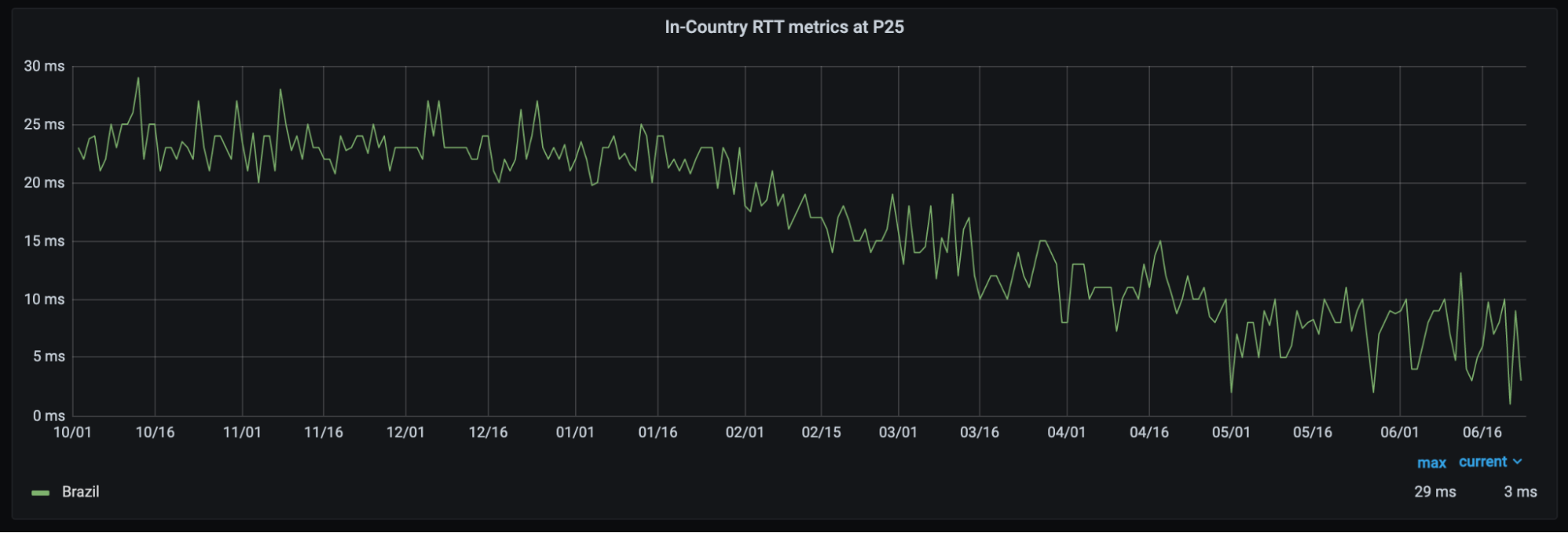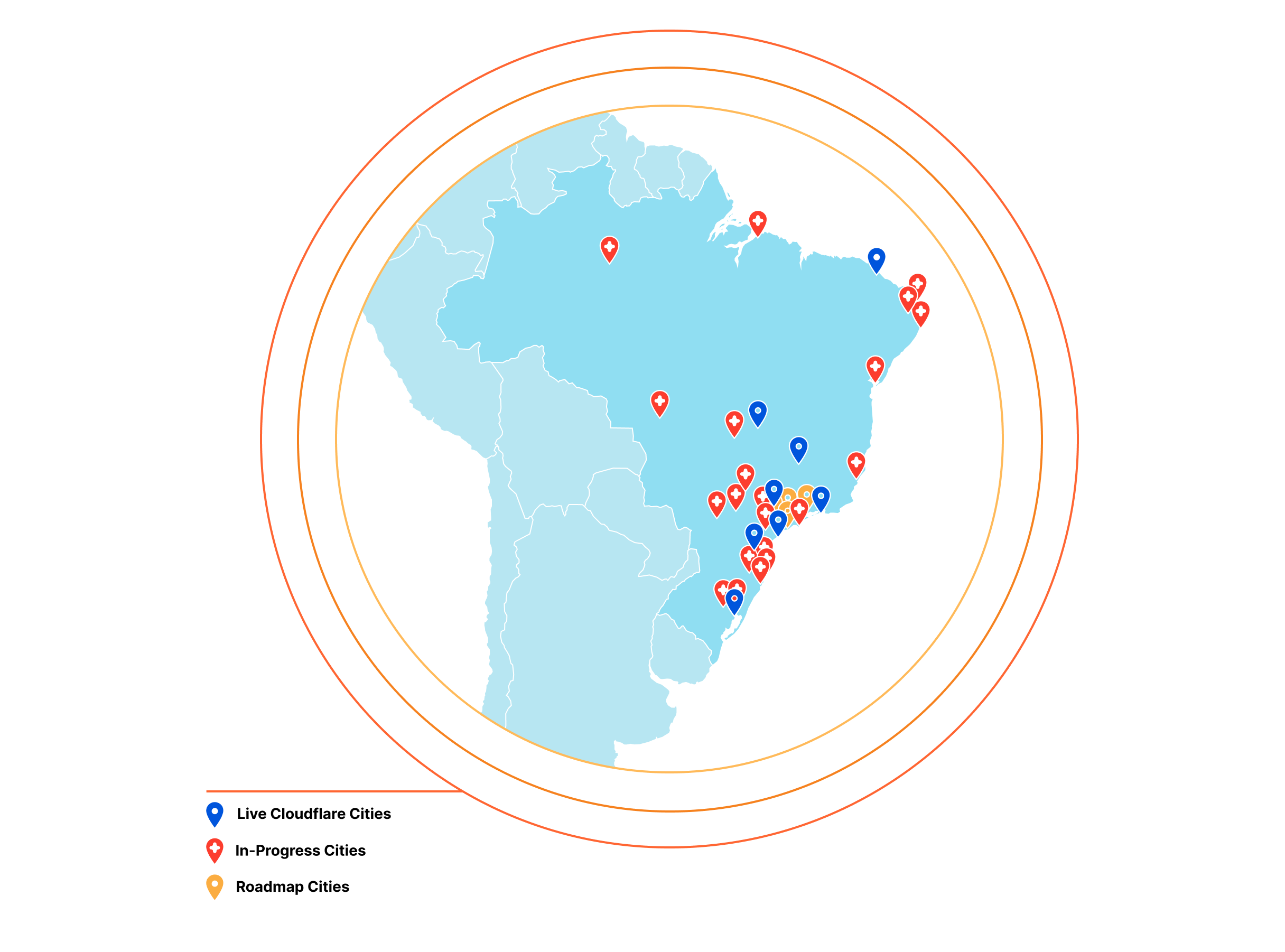0
It's the second year of the pandemic and the DEF CON hacker conference wasn't canceled. However, the Delta variant is spreading. I thought I'd do a little bit of risk analysis. TL;DR: I'm not canceling my ticket, but changing my plans what I do in Vegas during the convention.
First, a note about risk analysis. For many people, "risk" means something to avoid. They work in a binary world, labeling things as either "risky" (to be avoided) or "not risky". But real risk analysis is about shades of gray, trying to quantify things.
The Delta variant is a mutation out of India that, at the moment, is particularly affecting the UK. Cases are nearly up to their pre-vaccination peaks in that country.
Note that the UK has already vaccinated nearly 70% of their population -- more than the United States. In both the UK and US there are few preventive measures in place (no lockdowns, no masks) other than vaccines.
Thus, the UK graph is somewhat predictive of what will happen in the United States. If we time things from when the latest wave hit the same levels as peak of the first wave, then it looks like the Continue reading











